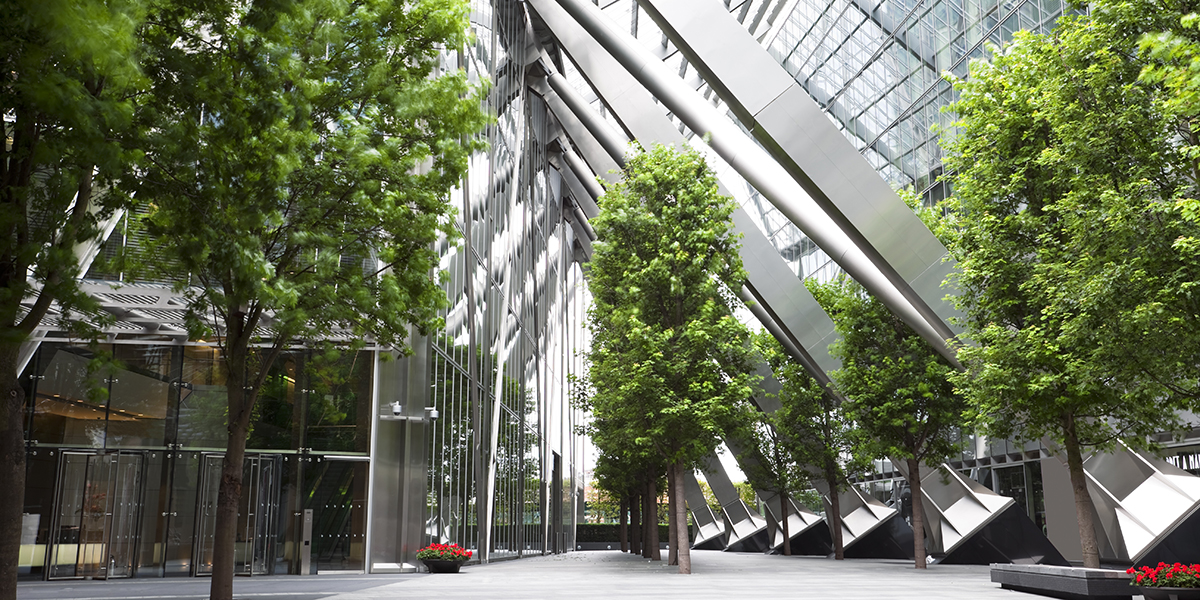
Reducing the embodied carbon in the built environment
Pangolin Associates is a member of the Materials Embodied Carbon Leaders Alliance (MECLA). MECLA is an industry-led initiative at the forefront of reducing embodied carbon in Australia’s built environment.
Embodied emissions are released mainly during the manufacturing and transporting of materials for construction, maintenance, demolition, and disposal of a physical structure. These emissions contribute significantly to climate change.
How we can help
We offer key services for companies wanting to address embodied carbon emissions in their buildings and infrastructure projects.
- Measurement of embodied carbon emissions (CO2-e) on design or during construction;
- Multiple-scenario, design-level advice for reducing embodied carbon emissions;
- High level advice for reducing operational emissions;
- Offsetting services to manage emissions that cannot be eliminated;
- An offsetting certificate as proof of action;
- A final report.
More about embodied emissions
Embodied emissions apply to any built environment, including commercial buildings, bridges, and houses. The emissions released are greenhouse gases, expressed as a carbon dioxide equivalent (CO2-e).
Embodied emissions are distinct from operational emissions – the emissions released in supplying energy to the structure – and any other emissions directly relating to the structure’s operation or use. Combined, however, these components account for the full cradle-to-grave life cycle of the building. Along with the processes above, this includes, but is not limited to the extraction and processing of raw materials, and the final disposal or reprocessing of materials.
Why act now?
Approximately 10-20% of global emissions are directly associated with embodied carbon depending on the origin of materials. This is a significant source of emissions and it is widely unregulated.
Reducing embodied emissions is an important consideration for any organisation in the construction sector, and a potential area of differentiation. Reductions will be of even greater significance as more renewable energy is integrated into the Australian energy grid. In terms of a structure’s lifespan, clean energy will reduce operational emissions of a building, but expose the impact of embodied carbon emissions to a greater extent.
Key benefits:
- Carbon emissions disclosure demonstrates transparency;
- Reducing embodied emissions mitigates regulatory risks in the future;
- Low carbon buildings have lower operational costs;
- Reductions encourage a net zero carbon approach to the built environment which is critical for effective action on climate change;
- Reductions stimulate growth in the low-carbon material construction industry;
- Low carbon and net zero carbon buildings provide higher asset values.
